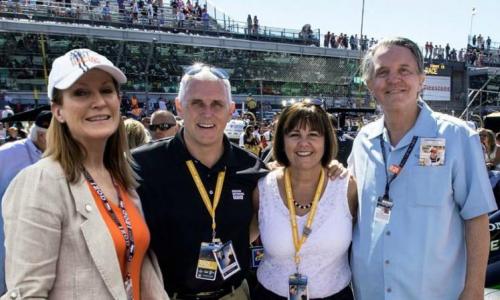GDP for the third quarter of 2009 was revised down from 2.8% to 2.2% today (full release). That was a greater drop than many economists forecast (aren't economists like meteorologists?). As the graphs below show, durable goods orders led the way and powering durable goods gains were increased in auto sales.
First, let's look at how GDP has fared over the last couple of years. As you can see, this is the first gain in the last four quarters. The previous four quarters of negative GDP growth were the worst since the Great Depression. Last quarter we saw a nice rebound, even if it was less than forecast and revised down.

So, what's leading that rebound? The next chart shows that it's Personal Consumption Expenditures followed by Gross Private Domestic Investment. And within Personal Consumption Expenditures, it's Durable Goods.

What's the biggest change in durable goods - auto sales.

Although I didn't graph it, the biggest change in Gross Private Domestic Investment is from Residential, which is Residential Housing.
So what do auto sales and residential housing have in common? They were both massively supported by the government in the third quarter. Auto sales via the Cash for Clunkers program and Housing by rock-bottom interest rates engineered by the Fed as well as the first time homebuyer tax credit.
This isn't a bad thing. The government's stimulus program is having an effect on the economy, as it should for the billions being spent. The question is whether or not the economy can now begin growing without government help? That answer will determine the fate of everything from interest rates to cd rates, to the stock market over the next 12-24 months.




Add your Comment
use your Google account
or use your BestCashCow account